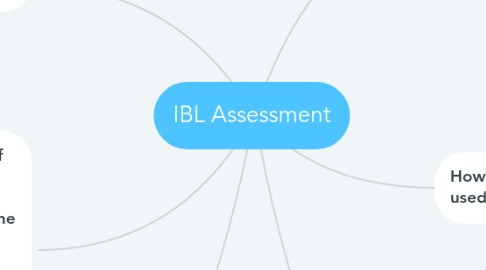IBL Assessment
by Kaitlyn Robertson (SCMS)

1. Concerns
1.1. Tasks must be challenging but at the proper level of difficulty to remain motivating – if they are too easy students will be bored, while if they are too hard, students will become frustrated
1.2. The research on learning styles gives rise to caution, as many students may be uncomfortable with inquiry approaches and thus need adequate support to make the transition.
2. Educators who use a variety of oral, written or visual assessments throughout the inquiry process help address the various learning styles of students. This approach can allow them to demonstrate their learning and make their thinking visible according to their individual strengths.
2.1. Using a variety of assessments can help hit different learning styles
2.2. Choice boards would be great here
2.3. Informal assessments could be a great way to use a variety of methods
3. References
3.1. Assessment in Inquiry-Based Learning. (n.d.). Retrieved June 18, 2019, from Assessment in Inquiry-Based Learning | Ophea Teaching Tools
3.2. Spronken-Smith, R. (n.d.). Experiencing the Process of Knowledge Creation: The Nature and Use of Inquiry-Based Learning in Higher Education. Retrieved June 18, 2019, from https://pdfs.semanticscholar.org/3fee/07e7280a7404e5dd99b88965be3e60b42e93.pdf
4. How will students show mastery?
4.1. Formal/informal observations
4.2. Discussions, learning conversations, questioning, conferences
4.3. Tasks done in groups
4.4. Demonstrations, performances
4.5. Projects, portfolios
4.6. Peer and self-assessments
4.7. Rubrics
5. How can assessments be used?
5.1. to inform instruction, guide next steps, and help students monitor their progress towards achieving their learning goals
5.2. to give and receive specific and timely descriptive feedback about student learning
5.3. to help students to develop skills of peer assessment and self-assessment
6. Practitioners of IBL recommend using rubrics to assess inquiry-based assignments because they take the “mystery” out of grading and assessment and they help to communicate expectations to the students.
6.1. Students also like to see rubrics so they can understand exactly why they received a particular grade
6.2. Keeps teacher grading consistent and objective


